La Dolce Vita, literally translated ad sweet life, is one of the most famous expressions referring to Italy, it evokes romance, elegance and luxury, it is clear the reference to the film La Dolce Vita by the great director Federico Fellini, one of the most famous in the history of cinema set in Rome; but have you ever wondered what exactly the term La Dolce Vita means?
This expression, borrowed by Fellini from the title of a much lesser-known comedy by the playwright Arnaldo Fraccaroli, was already in use in that period and indicates the carefree and worldly lifestyle, in some ways luxurious, of Italy in the late 50s and 60s, when the country began to experience the economic boom and to savor a climate of well-being, but it is precisely with the film La Dolce Vita that the term becomes famous and begins to circulate around the world. Let's discover together the real story behind La Dolce Vita!
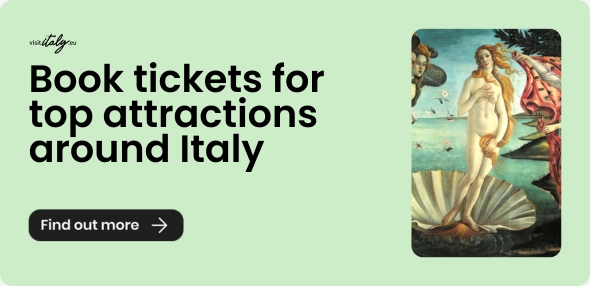
A bit of history: Post-war Rome
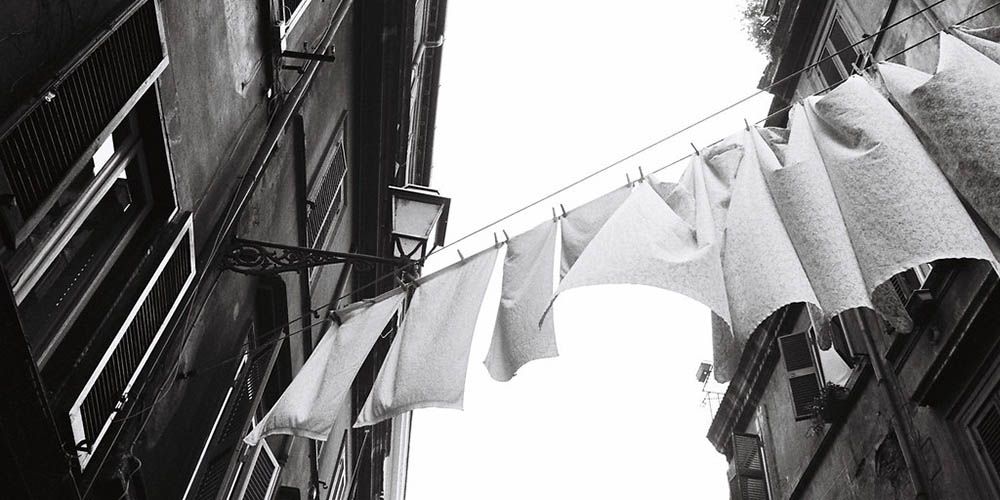
After the terrible years of the fascist dictatorship and the devastation of the Second World War, Italy in the late 1950s began to experience a strong economic recovery, a golden age that quickly changed the fabric of Italian society. Italy experienced unprecedented growth and industrial development, televisions and radios began to appear in homes, and the iconic Fiat 500 car circulated in the streets.
This period known as the Economic Miracle reached its peak in the 1960s, and Rome as the symbol par excellence of that irrepressible spirit of freedom, fun, elegance and even scandal, the Eternal City is the indisputable capital of La Dolce Vita. Federico Fellini's film was released in 1960 and was an immediate success, it quickly became a cultural icon, leaving an indelible mark on Italian and international history and culture, but there was no lack of criticism and controversy. Let's find out which ones.
Behind the scenes: Fellini between Fame and Controversy

La Dolce Vita was presented to the public in two gala evenings, the first at the Cinema Fiamma in Rome on February 3, 1960, the second at the Capitol in Milan two days later, then it began to circulate in all Italian cinemas, the queues outside the box offices were very long, and in the newspapers, for better or worse, it seemed to be all anyone was talking about. A Palme d'Or at Cannes, a David di Donatello, 3 silver ribbons and an Academy Award for Best Costumes, La Dolce Vita had great recognition from audiences and critics alike.
The film, which depicted without veils the society of the time, the vices and hypocrisies of a people, did not fail to arouse controversy and bitter criticism, especially from the most conservative. Some cried scandal, and there were many newspapers that accused it of presenting an immoral image of society, two parliamentary questions were even asked, and parts of the film were censored in some places. Some scenes, such as those of parties or full nudity caused a scandal, although what was disliked was Fellini's critical and disillusioned view of the consumerist society of the economic boom and the initial and progressive loss of individual values, which also included the token relationship with religion. Is it any wonder that it was precisely a cardinal who came to the defense of the film.
Iconic scenes and filming locations
Despite the fact that many years have passed since the film's release Some iconic scenes from La Dolce Vita have imprinted themselves in the collective imagination, and it is easy while strolling around Rome, perhaps carried away by genuine romance, to come across some place evoked by the film. By far one of the most famous scenes is the one that takes place in a lonely Trevi Fountain at night between Marcello Mastroianni, the protagonist, and the Junoesque beauty of Anita Ekberg, it even seems to hear Anita calling Marcello, come here and him answering Yes I’m coming... yes, she's right: I'm doing it all wrong! We are all doing it wrong.
Another of the iconic places presented in the film, but also in the real Roman Dolce Vita of the time is Via Veneto, an elegant street where luxury hotels and nightclubs of the movida were positioned that enlivened the Roman nights with parties until dawn, the meeting point of celebrities and journalists in search of a scoop, it is interesting to think that just from the film those kind of journalists were called Paparazzi, because in La Dolce Vita the character who made such profession by last name was called Paparazzo. How can we not remember the climb up the narrow spiral staircase of the dome of St. Peter's made by Anita Ekberg accompanied by Marcello Mastroianni and the view that opens up before them once they climb to the top of the summit. The rationalist architecture of Eur district also returns several times throughout the film, from the very first scene when the statue of Jesus is carried by a helicopter over the skies of Rome, we are always in the Eur district when Marcello goes to visit his writer friend Steiner, from the balcony you can see the unmistakable shape of the Mushroom.
La Dolce Vita today: Myth Vs Modern Reality
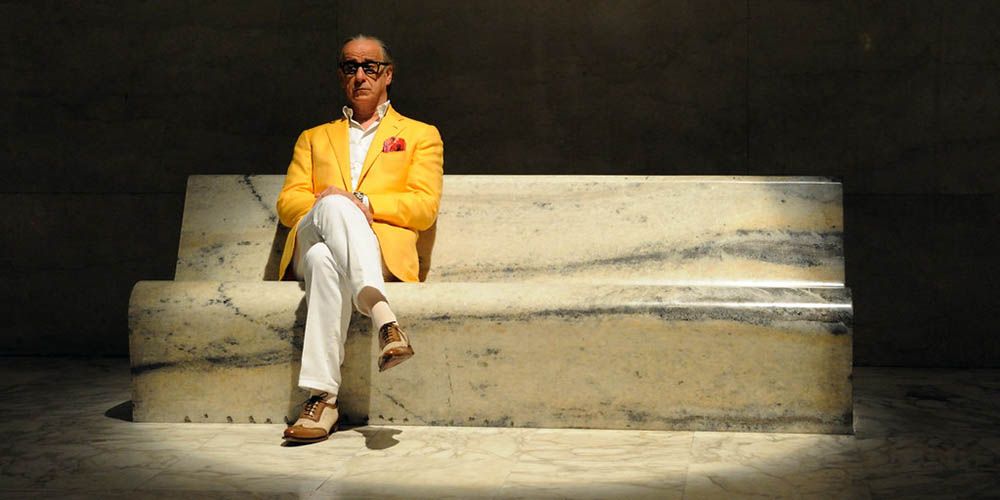
So many years later La Dolce Vita remains a cult film, it described and defined a social myth for many coveted and unattainable, but today certainly more reachable: the myth of bella vita, made up of all-Italian elegance and style, luxury, glamour and the pleasures of high-class nightlife; discharging that critical meaning of loss of values and identity crisis that Fellini wanted with his film to convey.
Another contemporary director, with clear references to Fellini's famous film, again wanted to depict the Italian and particularly Roman Dolce Vita, bringing to light a decadence of values; the cast of characters is different, less highbrow and more artifactual, characters who give themselves that luster of being great people but who evoke a tawdry taste. The award-winning film is Paolo Sorrentino's La Grande Bellezza, released in theaters in 2013.
How Italian culture has evolved since the 60s
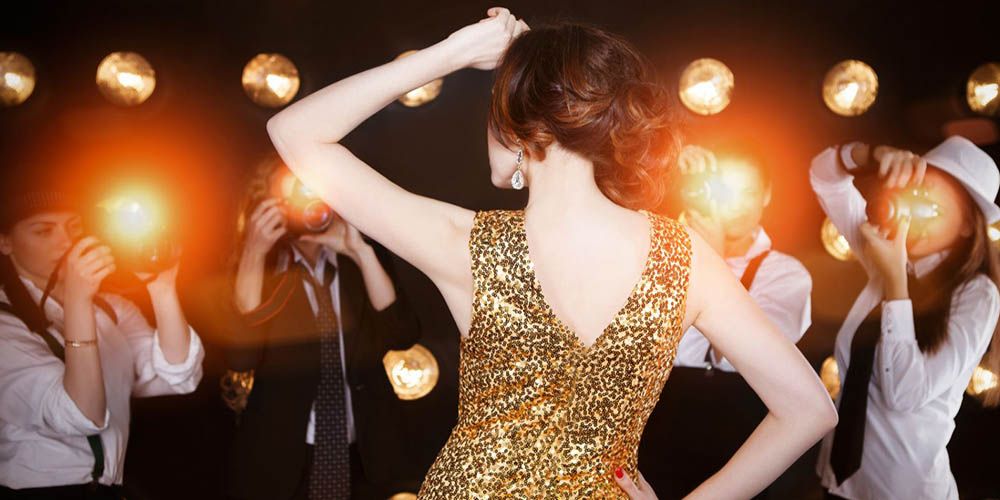
The 1960s with their advent of affluence and the beginning of mass culture created a watershed with the previous culture. From those years onward, apart from brief pauses, rapid industrialization, accelerating trade, and technological evolution brought to everyone's hand a prosperity that profoundly affected the social fabric and culture. The way of life, the habits, the way entertainment is understood have radically transformed, we can say that today anyone if he or she wants can afford a Dolce Vita, at least once in a while and understood in the most superficial side of the term.
In Rome, the places of movida and entertainment are no longer located in Via Veneto, but night entertainment has fragmented among various districts of the capital such as Trastevere, San Lorenzo, Testaccio and Monti. Another big difference is the use of technology, which with the various apps and social media makes it possible to find the right option for every taste, the offer is more varied, therefore customizable and definitely cheaper.
Living the sweet life today
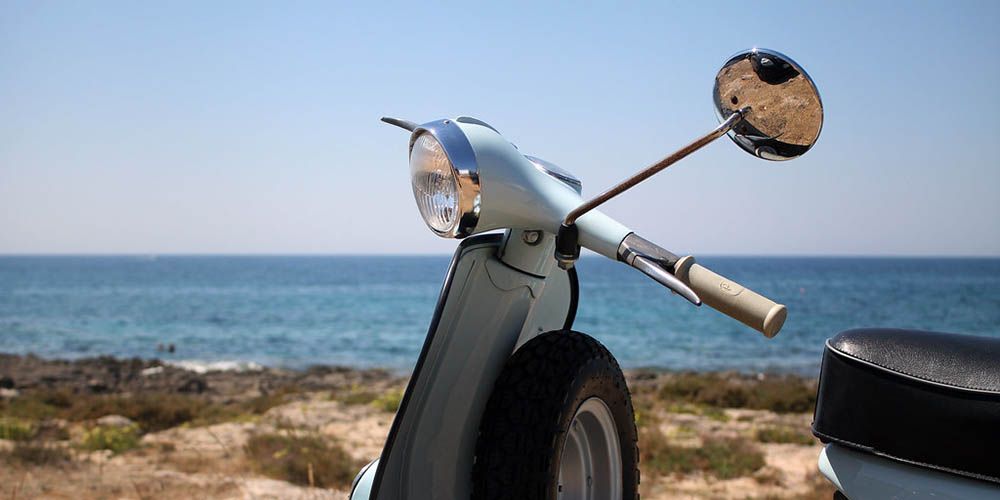
Over time we have retained only the light and refined taste that emanates from the expression Dolce Vita, a dreamy space of cheerful and carefree living, despite the problems, that pause suspended in the convulsive rhythm of daily life made up of aperol-spritz accompanied by the rays of the setting sun, a cappuccino in a medieval square among the alleys of an authentic Italian village, with a few modern vespas scurrying in the distance or an elegant party in some secret corner of Rome. Living La Dolce Vita today means taking a beauty break and allowing yourself those luxuries that you often don't have. That irrepressible spirit of freedom, fun and elegance with an all-Italian backdrop that we yearn to experience from time to time. Dream, desire or reality? Tell us about your Italian dolce vita.
About the author
Written on 18/06/2025


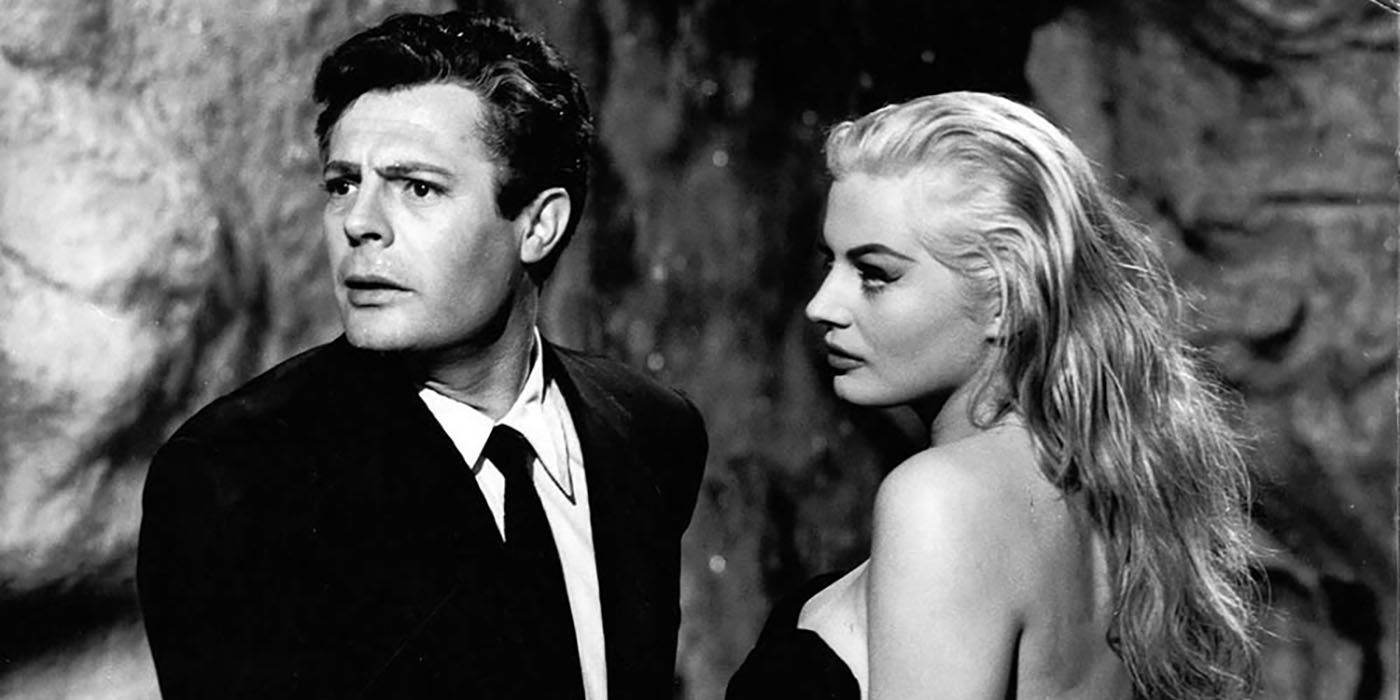

Chiarastella Campanelli
Dolce vita is a touch of Italian life-style, that elegant and refined charm that only Italy can offer. Find out the real story of La Dolce Vita!